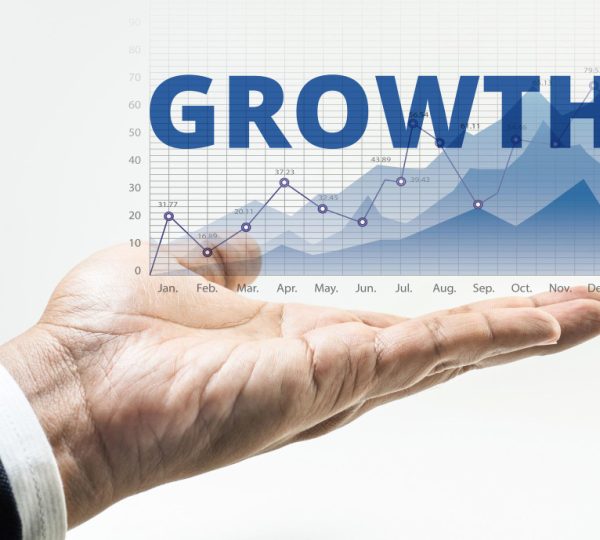Working With COVID In The US Economy.

The offset of the COVID-19 pandemic resulted in massive shifts of paradigms in many fields of work and study throughout the world. The repercussions of this global catastrophe caused social panic and many closely knitted communities were forced into a different work/ life culture. For example, the concept of ‘remote working,’ although pre-existed for about 20% of the US working class, this concept was not entirely the preferred option for many.Ever since the outbreak of the COVID-19 virus during the final months of 2019, many workplaces have had to adhere to lockdown guidelines and social distancing mandates. This caused an abrupt halt to the pre-COVID nonsensical conditions our communities were hardwired for. Instead, the people, the work, and the living conditions had to adjust to this new way of the world.
About 71% of the employed population in the United States is currently engaged in remote work. However, the remainder of the working population faced the adversity of quitting their jobs and moving towards online approaches as the growing trends opened doorways to the digitalized world as opposed to the face-to-face world that existed. This was especially difficult for the lower-income earners of the US. Here, 62% of the working class claimed that their job roles were somewhat impossible to be done from home, mainly because of the inadequate access to proper training in using technological equipment as they are elderly and are unable to use technology with ease as the forthcoming and much more adaptable generations. Out of this group of people, a large number of 76% were, in fact, citizens of lower-income families. These numbers speak hardcore facts as the inability to punch in time cards and to perform their duties through this remote approach directly affects the personal economic conditions of these families.
With many lower-income jobs, including daily wage earners and contractors, losing their jobs, a percentage of citizens unable to meet their basic needs due to financial struggles arose within the US economy. Although remote working or ‘working from home is glorified and nuanced by many induvial on Social Media sites, the reality of the entire phenomenon is bleak.
As it does on most occasions, the lower income earners faced the greatest economic challenges. As the country battled with export-import policies and inflation stock exchange falls, the people fought against the adversity of a crippling pandemic. It was a challenge for this one section of society that depended on daily wage, as they had to swiftly find new ways to survive. Because of these adverse conditions, most were forced to work through strict quarantine protocols. This puts their lives in jeopardy. It is terrifying to see a statistic of 61% of the population being exposed to peril because they needed to continue their livelihood. This number of people, even during the worst of it, put their lives at risk to safeguard their economy.
Taking to account the Gross National Product of the United States in 2019 we were at 21.43 Trillion USD, this number reduced to 20.94 Trillion USD by 2020. Comparing these values with the Gross National Income between 2019 and 2020, the GNI fell by 3.58%. Although these numbers although they help identify an overall decline in the country’s economy, these values underestimate the actual economic impact on the communities at the end of this rod of a stable economy. 62% of the people whose jobs have been in jeopardy claim that their job roles cannot be done from home as others. Mainly the labor forces of many industries face this as factories and plants were forced to close down due to the high rates of mortality and the contagious nature of the COVID-19 virus. The economic peril this situation has put many families into is devastating. In a country filled with many resources, these communities’ predicament is unacceptable.
However, the remote working condition also opened doors for many others. Many individuals have found ways in which to make amends with these circumstances. People who never gave a second thought to e-commerce have now begun to start working on online working platforms. The endless opportunities provided by advanced technology are certainly an advantage for these new ventures.
More than half of the work-from-home population had easy access to technology and equipment with which they could work. As a result, the travel and idle time during work hours were cut short, and many commented on the increase in their work productivity and delivery time during remote working hours.Many people willingly resigned from their jobs to pursue their entrepreneurial careers by the end of 2020. A little over 10% of the working population turned to self-employment, and out of this, the majority were notably women.
Through these new ventures, online working took charge and many e-businesses sprouted to life. It ranged from food to housing to marketing. Employment opportunities boosted many individuals. With 60% of the population’s willingness to work from home, many freelancers appeared in the job markets. Many of these individuals were the younger generations in their late teens and 20’s who were capable of handling technology and had a consistent idea about the different ways of operating Social Media to obtain an income. Hence many influences and singers appeared during these times. This is significant as this contributed to their personal financial growth. These are entities that directly profited from the events of the pandemic. Such self-employed attempts grew as a mode of income which is a notable modification in the lifestyle of people during COVID.
Following this trend of a home-based work lifestyle, numerous matters relating to childcare and family responsibilities were also given sound answers. With moms and dads working from home, they directly saved up on daycare facilities. With this, parents’ preference to continue working from home rose by almost half of the population count. It was convenient and added to the sentimental aspect of healthy family life despite the pandemic.
The Federal Government of the United States passed the ‘Coronavirus Aid, Relief, and Economic Security (CARES) in March 2019. This was responsible for releasing an array of public funds for individual households and businesses facing unemployment and various financial setbacks. This program was estimated to release 300billion USD to Economic Impact payments and many other financial aids for people fitting specific eligibility criteria who are below the poverty line. Although this system was predicted to display promising results, the system itself was found to be very inconvenient by the individuals seeking this assistance. The confusion and delay faced by the households in receiving these funds in due time instigated a depraved impact on the economic aspect of these families, making living conditions more problematic. It was explicitly stated that the lower-income demographic with volatile savings faced more delays in receiving these funds than middle-income households. However, the real reasons for these delays were never brought explicitly to attention.
With a population of 223 million people fully vaccinated by 2020, the real danger of the pandemic reduced. The mortality rates dropping and the recovery rates of the COVID-19 virus rising paved the way for the economy and country to open up once again. With life yearning to go back to normal, a new normal had manifested within most of the US working class. After remote employment for a more significant part of two years latest statistics of January 2022 show that 76% of the working class prefer to work from home rather than get back to work as usual in the pre-COVID times. The opportunities that remote working provided in saving, self-employment, and financial stronghold influenced these individuals to continue this way for a long time, even after COVID.
Working amidst the chaos and terror of a pandemic is a challenge, but in the 21st century, where anything is possible, the pandemic also paved the way for many to succeed. But as any story goes, there are always two sides to a coin. Therefore the antagonistic discontentment COVID-19 brought forth for many others has to be duly noted and acknowledged with precision and care by our aid systems.



